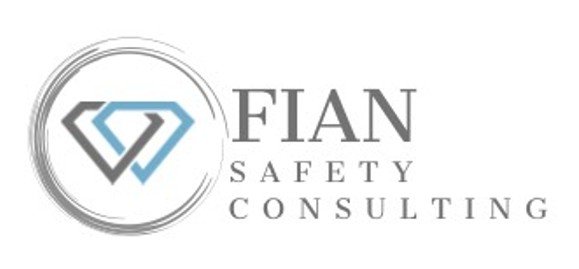Closing the Loop: Why Incident Investigations Fail Without Follow-Through
Injury reports are filed. Root causes are documented. Action items are assigned. But then—silence.
Too often, safety investigations stall after the initial report, with little tracking beyond the paperwork. At Fian Safety Consulting, we believe an incomplete investigation is more than a missed opportunity—it’s a hazard waiting to happen again.
🔁 Follow-Through Is Non-Negotiable
A good investigation doesn’t stop at recommendations. It ends with verified results. That means confirming whether corrective actions were implemented, integrated, and producing the intended outcome—or revealing if they’re causing new, unforeseen issues.
📅 The 30/60/90-Day Rule: Two Paths, One Purpose
When closing the loop, we track two distinct types of change. Both require time, observation, and accountability—but they look very different in how success (or failure) reveals itself.
⚙️ Systems-Based Changes
New tools, equipment, procedures, policies, or PPE
30 Days: Has the change been deployed? Are workers trained in its use?
60 Days: Are workarounds emerging? Is there resistance, misuse, or signs of friction?
90 Days: Has the change been accepted and adopted—or are people quietly reverting to the old way?
Even the best-designed solutions will fail if they’re not usable, realistic, or reinforced with follow-up.
👤 Behavioral Changes
Disciplinary action, retraining, mentoring, or reassignment
30 Days: Is the employee showing initial effort and awareness?
60 Days: Is improvement sustainable, or is constant supervision required?
90 Days: Has safe behavior been internalized—or is the old risk creeping back in?
As I often say: Anyone can keep their nose clean for 30 or 60 days. But by 90, the truth shows—whether you corrected the behavior or just postponed the hazard.
🧭 How to Build a Loop That Actually Closes
Name ownership: Don’t just assign due dates—assign people.
Document resistance: If it isn’t working, say why. Learn from that friction.
Pair solutions with evaluation: You’re not fixing the problem—you’re testing the fix.
Schedule your checkpoints: Set them when the investigation ends—not weeks later.
The best safety cultures aren’t just good at identifying risk. They’re excellent at rechecking their own work—because that’s where lasting protection lives.
Want help embedding a follow-up model into your safety program? Reach out today and let’s make your investigations sharper, smarter, and truly closed-loop.
